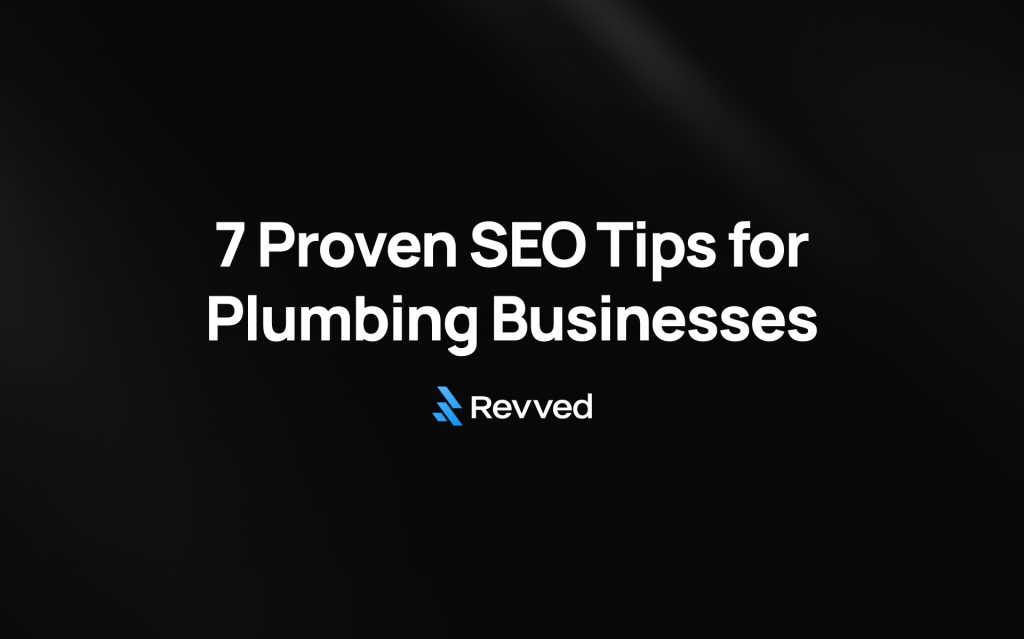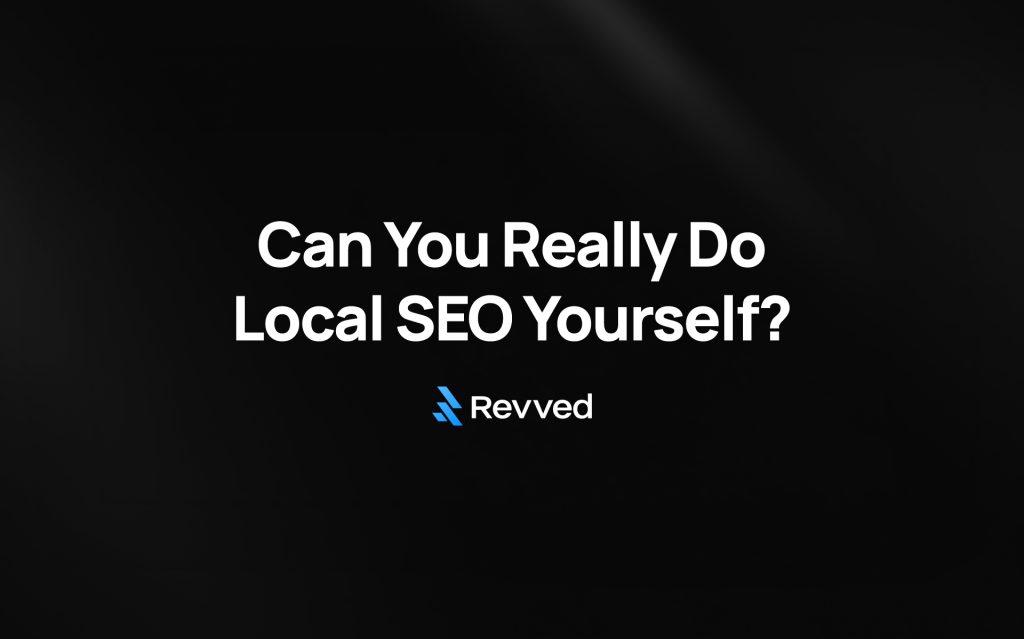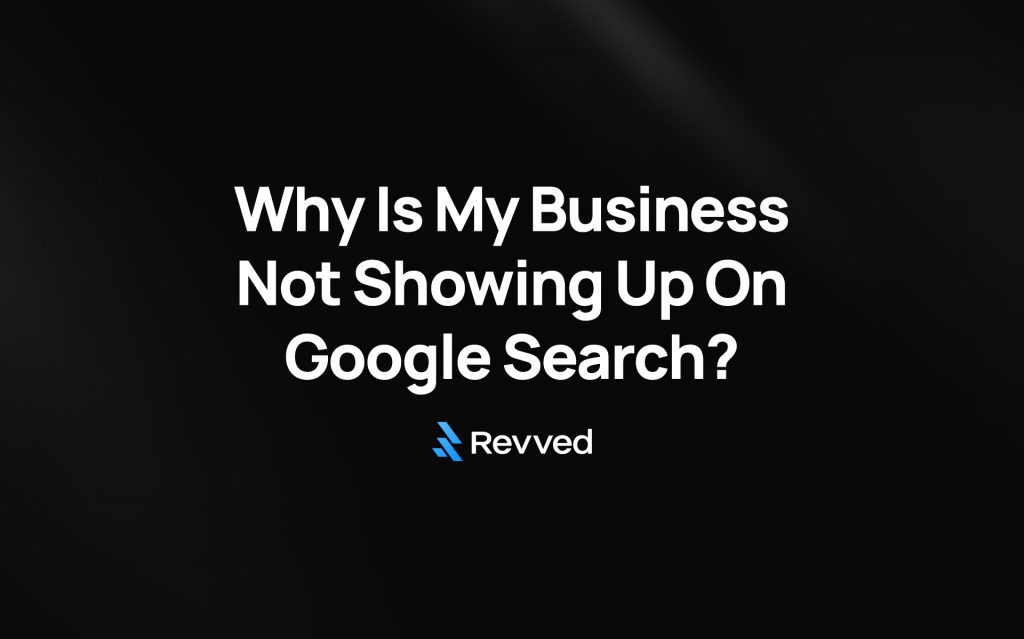Did you know that local intent drives 46% of online searches, and 28% of these searches lead to purchases? This fact expresses what makes local SEO different from regular SEO – one targets the entire internet, while the other connects with customers in your area.
Local SEO is different from organic SEO in both scope and strategy. Organic SEO helps improve your visibility across the web, while local SEO targets people searching in your geographic area. The numbers tell an interesting story – 76% of people who did a local search visited a store within a day. This makes local SEO a vital tool for brick-and-mortar businesses. National businesses face tougher competition because they target a much larger audience.
Your digital marketing strategy needs a clear understanding of these differences, whether you own a neighborhood shop or run an online store nationwide. Local businesses should focus on their Google Business Profile. This profile is essential to show up in local search results and Google Maps. The impact becomes clear when you see that 95% of consumers read online ratings before they make their final purchase decision.
In this piece, you’ll find the exact differences between local and organic SEO, learn which strategy fits your business model best, and see how to implement the right approach to bring more customers to your business in 2025 and beyond.
Understanding the Core Difference: Local SEO vs Organic SEO
The main difference between local SEO and organic SEO shows in how they work and what they aim to achieve. Businesses need to learn about these differences to choose the right approach that lines up with their goals.
Target Audience: Local Intent vs Broad Reach
Local SEO targets customers in specific geographic areas. This makes it perfect for brick-and-mortar businesses or service providers who have physical locations. A neighborhood coffee shop or a Chicago plumbing service needs to be visible to nearby customers.
Organic SEO aims to rank high in search results whatever the location. Online businesses like ecommerce stores or SaaS companies use this approach to reach customers across the country or worldwide without geographic limits.
These audience differences lead to unique strategies. Local SEO runs on community-focused tactics like Google Business Profile optimization and neighborhood networking. Organic SEO competes on a broader scale through complete content and authoritative backlinks.
Search Behavior: ‘Near Me’ vs Informational Queries
Proximity-based searches have changed local SEO. “Near me” searches grew by 900% over the last several years. Phrases like “open now near me” saw a 400% increase. These location-based queries show users ready to buy or visit right away.
Users search differently based on their needs:
- Local searches include location details (“plumbers in Chicago”) or nearby terms (“coffee shops near me”)
- People look for general information without location (“how to fix leaky faucet”)
- Purchase-related searches can be local or non-local based on what’s needed
On top of that, 76% of smartphone users who search locally visit a business within 24 hours. This shows how local searches lead to real visits. Voice search makes this even more common as people ask full questions like “What’s the best pizza place near me that’s open now?”
SERP Features: Map Pack vs Organic Listings
Local and organic SEO look different in search results. Local searches usually show the Google Map Pack (or Local Pack)—a map with three business listings above organic results.
The Map Pack’s top spot captures 33-44% of clicks for local searches. Users see business hours, ratings, location, and quick “call” or “directions” buttons without extra clicks.
Regular organic listings appear below as blue links with titles, URLs, and descriptions. These results get about 40% of clicks[64] and build authority through detailed content.
Businesses that excel in both areas get double visibility. They stand out whether users want to act now or research options. This strong presence in search results helps catch customer attention at any point in their buying experience.

Enter your website below to start your proposal request!
Key Ranking Factors Compared
SEO strategies work differently based on ranking signals that depend on your target – local or organic search visibility. Businesses need to know these distinct factors to use their resources well.
Google Business Profile vs On-Page SEO
Google Business Profile (GBP) is the life-blood of local visibility. It feeds directly into Local Pack results and has a substantial effect on map listings. Google evaluates your GBP on distance, relevance, and prominence to determine local rankings. Your local search performance improves with a complete profile that has accurate business details, current hours, and proper categories.
Organic SEO works differently – it focuses on on-page factors like content quality, keyword usage, and site structure. Local businesses need both, but each needs its own approach. GBP optimization needs accurate location details and customer interaction, while on-page SEO needs solid content and technical excellence.
NAP Consistency vs Backlink Authority
NAP (Name, Address, Phone number) consistency forms the foundation of local search visibility. Search engines trust your business more when your information stays similar across online platforms. Research shows NAP consistency is one of the top local search factors that helps search engines confirm your business exists.
On the other hand, organic SEO relies heavily on backlink authority – links from trusted websites that pass on their credibility to your site. Unlike citations that prove location, backlinks improve your domain authority and relevance for broader search terms.
Local Reviews vs Content Depth
Reviews have a big impact on local rankings and work as discovery signals to show which businesses appear in search results. Research shows businesses that manage reviews across multiple channels see better reputation signals in volume, recency, and interaction. Google now gives more weight to experience-based content in AI-powered results.
Content depth matters most for organic SEO. Rich, authoritative content shows expertise and relevance for searches not tied to location.
Citation Building vs Technical SEO
Citations – mentions of your business across online directories – boost local visibility by proving your business exists at a specific location. These digital footprints help search engines understand your business’s relevance and prominence. Moz reports that citation signals make up about 11% of local ranking factors.
Technical SEO focuses on your website’s performance, crawlability, and user experience – elements that affect organic rankings whatever your location. This includes how fast your site loads, mobile optimization, and structured data setup.
Understanding these different ranking factors helps businesses create targeted strategies that match their goals and audience needs.
Website Optimization Strategies
Your website needs different optimization strategies for local and organic SEO success. The way search engines and users interact with your content depends on these structural differences.
Local Landing Pages vs Topic Clusters
Location-specific landing pages are the life-blood of local SEO. These pages should include hyper-localized content that appeals to community needs. A good local landing page should have:
- Embedded Google Maps
- Location-specific testimonials
- Dedicated local phone numbers
- Unique content about the community
You need individual pages with custom information for each location when managing multiple locations.
Organic SEO runs on topic clusters (also called content silos). This approach uses a main “pillar” page that connects to related subtopic pages. A contractor might create a central “Kitchen Renovation” page that links to specialized pages about kitchen cabinets, flooring, and lighting. Google recognizes your topical authority through this structure while users get complete information about broader topics.
Schema Markup: LocalBusiness vs Article
Schema markup gives search engines structured data about your content. LocalBusiness schema is a vital part of local SEO because it communicates key information like:
- Business name, address, phone number (NAP)
- Opening hours formatted using standard notation
- Geographic coordinates
- Payment methods accepted
- Price range
This structured data powers rich results in local searches and can boost visibility in Google’s Map Pack.
Article schema works better for content-focused organic SEO strategies. This markup expresses information like authors, publication dates, and headlines—elements that build content authority instead of location relevance.
Mobile Optimization for Local and Global Users
Mobile optimization matters for both SEO types, especially when you have local businesses since 63% of web traffic comes from mobile devices. Yes, it is Google’s move to mobile-first indexing that makes your site’s mobile version determine your search rankings.
Users often search for “near me” on their phones while moving around. Your mobile local SEO should include click-to-call buttons, simple forms, and fast-loading local content.
Organic SEO’s mobile optimization delivers complete content in user-friendly formats across devices. Both approaches need responsive design, but local SEO benefits more from location-based features that help mobile users take immediate action when looking for nearby solutions.
Which SEO Strategy Fits Your Business Model?
Your business model and customer patterns play a big role in picking the right SEO strategy. Let’s get into which approach works best for different types of businesses.
Brick-and-Mortar Stores: Prioritize Local SEO
Local SEO should be the top priority for physical stores. Research shows that 76% of smartphone users who look up local businesses end up visiting one within 24 hours. Better local visibility brings more foot traffic. Your website’s reach and brand awareness grow naturally in the neighborhood.
Here’s what works best for brick-and-mortar businesses:
- Google Business Profile optimization is the life-blood of local visibility
- NAP (Name, Address, Phone) needs to be the same everywhere online
- Managing local reviews builds trust in your community
- Landing pages that showcase your store’s physical location
Studies prove that people who find your business online first tend to trust your brand more and are likely to visit your store.
Ecommerce and SaaS: Focus on Organic SEO
Online-only businesses need to put their energy into organic SEO. About 43% of all ecommerce traffic comes from Google’s organic search results. Digital stores must show up in non-local searches. SaaS companies face tough competition, so standing out organically matters more than ever.
SaaS businesses find organic search to be one of the best ways to guide potential clients from problem awareness to making that final decision. The key is to create complete content that answers questions at every step.
Hybrid Businesses: Combine Both Approaches
The retail world now talks about “phygital” models – businesses that run both physical stores and online shops. These hybrid setups work best with a mixed strategy.
A good split might be 60% local SEO to capture immediate markets and 40% national SEO for future growth. This mix gives you quick wins while building lasting visibility.
Want to rank higher on Google and get recommended by ChatGPT, Google Gemini and other AIs? Call (844) 231-9873 or ask for a proposal on our website to see how Revved Digital can help.
Your customer acquisition goals will shape the final decision. Local SEO is a must if customers visit your physical location, even for bigger chains with multiple stores. But if you serve customers across the country without location limits, organic SEO builds the foundation for steady growth.
How to Integrate Local and Organic SEO for Maximum Impact
Local and organic SEO work together to create a powerful strategy that captures nearby customers and broader audiences. A combined approach helps businesses boost their online visibility in different search contexts.
Keyword Strategy: Geo-Modifiers + Broad Terms
Geo-modifiers add geographical context to your keywords to target local searches effectively. Location-specific terms help identify cities, neighborhoods, or regions where your business operates. A bakery in Boston would benefit more from using “Boston Bakery” than just “Bakery”. The simple formula “Keyword + Geographical Area = Geo-Modified Keyword” helps create targeted terms like “Car Accident Attorney in Miami”.
Your keyword foundation should include broader industry terms with these localized phrases. This two-pronged approach captures high-intent local searches and informational queries from wider audiences.
Content Planning: Local Guides and Evergreen Blogs
Your content should serve both local interests and broader industry topics. Location-specific landing pages with unique geo content address your community’s needs. Multiple sources highlight that consistent NAP (Name, Address, Phone) information across content improves local ranking signals.
Your strategy should include evergreen industry content that attracts organic traffic from any location. This balanced approach builds immediate local visibility and long-term organic authority.
Link Building: Local Sponsorships and National PR
Local sponsorships provide great backlink opportunities with community relevance. You can sponsor local events, nonprofit organizations, or community programs. These mutually beneficial alliances create valuable backlinks from trusted local websites while showing your community involvement.
National PR initiatives complement your local efforts. This dual strategy strengthens your local authority and domain credibility.
Call (844) 231-9873 or request a proposal from our website to learn how Revved Digital can help you rank higher on Google and get recommended by ChatGPT, Google Gemini and other AIs.
Comparison Table
| Aspect | Local SEO | Organic SEO |
| Target Audience | Customers in a specific geographic area | Nationwide or global audience |
| Search Intent | “Near me” searches, location-based terms | Informational and broad queries |
| SERP Features | Google Map Pack, local listings | Traditional organic listings |
| Main Ranking Factors | – Google Business Profile – NAP consistency – Local reviews – Citations | – On-page optimization – Backlink authority – Content depth – Technical SEO |
| Key Metrics | – 76% visit store within 24 hours – 33-44% click rate on Map Pack | – 40% click rate on organic listings |
| Website Optimization | – Location-specific landing pages – LocalBusiness schema markup – Mobile optimization for local searches | – Topic clusters – Article schema markup – Detailed content strategy |
| Best Suited For | – Brick-and-mortar stores – Service businesses with physical locations – Local service providers | – E-commerce businesses – SaaS companies – Online-only businesses |
| User Behavior | High immediate purchase intent, location-based searches | Research-focused, broader information gathering |
Conclusion
The difference between local SEO and organic SEO helps you make better strategic decisions that match your business goals. This piece explores how these approaches vary in their target audiences, ranking factors, and implementation strategies. Local SEO captures nearby customers through Google Business Profile optimization and community involvement. Organic SEO builds wider visibility through complete content and technical excellence.
Your business model should determine which approach needs more focus. Local SEO investments work great for brick-and-mortar businesses, since 76% of local searchers visit a physical location within 24 hours. E-commerce and SaaS businesses do better with organic strategies that reach nationwide audiences and build authority whatever their location.
Many businesses now work in both areas and need a balanced approach. You can capture immediate local opportunities while building long-term organic visibility with this hybrid strategy. Using geo-modified keywords alongside broader terms creates a complete search presence that connects with potential customers at every stage.
Search behavior keeps changing, and the boundaries between local and organic SEO continue to blur. All the same, knowing these core differences helps you use resources wisely and create targeted strategies that propel real business growth. Call (844) 231-9873 or request a proposal from our website to learn more about how Revved Digital can help you rank higher on Google and get recommended by ChatGPT and Google Gemini and other AIs.
The path you choose matters less than staying consistent with optimization. Search engines constantly update their algorithms to match user intent better. Successful businesses adapt their strategies, provide real value, and stay visible where their ideal customers actually search.

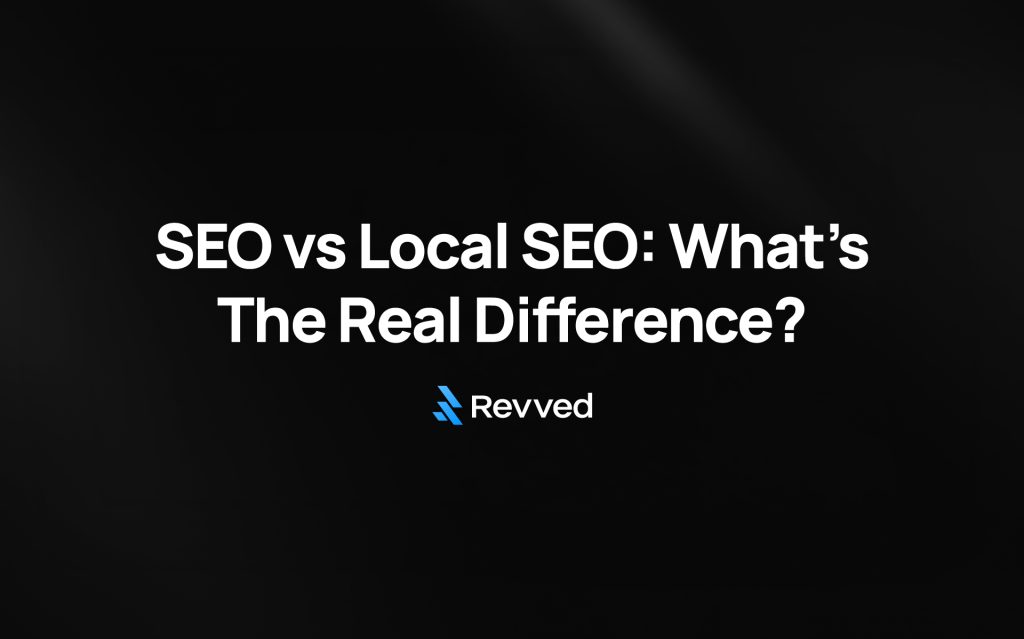
![How to Set Up Google Business Profile for Plumbers: A Step-by-Step Guide [+ Free Checklist]](https://revved.digital/wp-content/uploads/2025/10/How-to-Set-Up-Google-Business-Profile-for-Plumbers-1024x639.jpg)
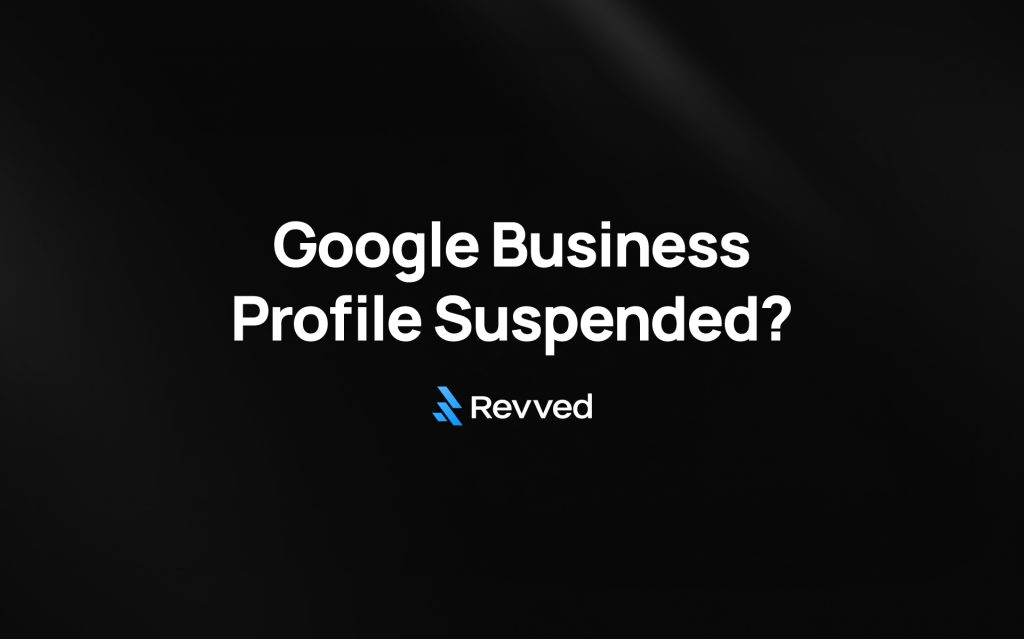

![Digital Marketing for Plumbers: What Actually Works in 2025 [Real Results]](https://revved.digital/wp-content/uploads/2025/10/Digital-Marketing-for-Plumbers-What-Actually-Works-1024x639.jpg)
![Why Local SEO for Plumbers Is Your Best Investment in 2025 [Expert Data]](https://revved.digital/wp-content/uploads/2025/10/Why-Local-SEO-for-Plumbers-Is-Your-Best-Investment-1024x639.jpg)
